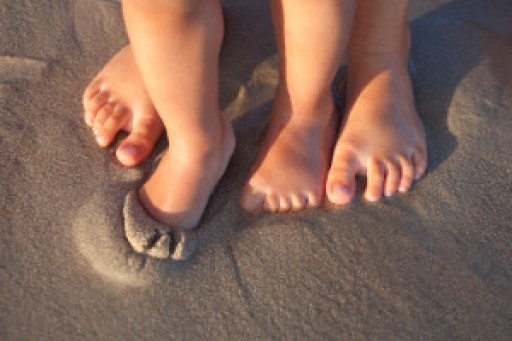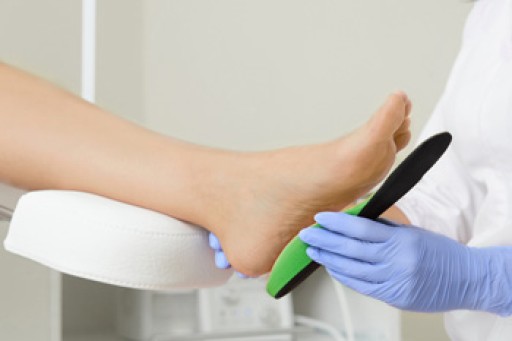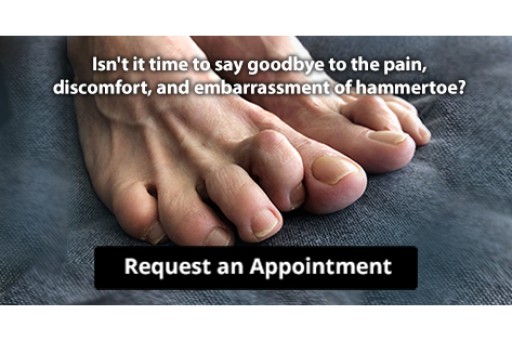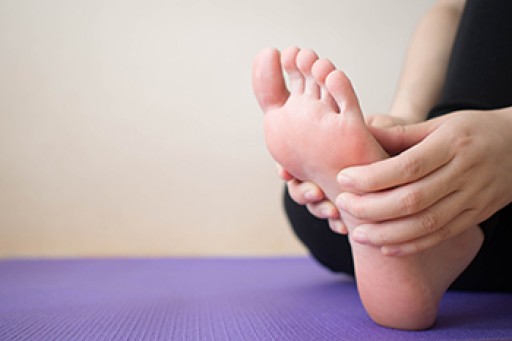
Children’s feet may look like smaller versions of adult feet, but that is where the similarity ends. There are interesting facts about children’s feet, such as it takes approximately 19 years for full development, and 80 percent of children’s foot growth happens between the heel and the ball of the foot. Additionally, the growth rate of a child's foot is approximately six inches in the first 10 years of life. A baby’s foot is considered to be more fragile than an adult's foot, as it contains more cartilage than bone. It is important for parents to buy shoes for their children that fit correctly and are frequently changed to accommodate their rapidly growing feet. If you would like to have more knowledge about children’s and baby's feet, it is suggested that you confer with a podiatrist who can answer any questions you may have.
Making sure that your children maintain good foot health is very important as they grow. If you have any questions, contact one of our podiatrists of Footcare Now. Our doctors can provide the care you need to keep you pain-free and on your feet.
Keeping Children's Feet Healthy
Having healthy feet during childhood can help prevent medical problems later in life, namely in the back and legs. As children grow, their feet require different types of care. Here are some things to consider...
Although babies do not walk yet, it is still very important to take care of their feet.
Avoid putting tight shoes or socks on his or her feet.
Allow the baby to stretch and kick his or her feet to feel comfortable.
As a toddler, kids are now on the move and begin to develop differently. At this age, toddlers are getting a feel for walking, so don’t be alarmed if your toddler is unsteady or ‘walks funny’.
As your child gets older, it is important to teach them how to take care of their feet.
Show them proper hygiene to prevent infections such as fungus.
Be watchful for any pain or injury.
Have all injuries checked by a doctor as soon as possible.
Comfortable, protective shoes should always be worn, especially at play.
If you have any questions please feel free to contact our offices located in Elmhurst Jackson Heights, and Astoria, NY . We offer the newest diagnostic and treatment technologies for all your foot and ankle needs.











